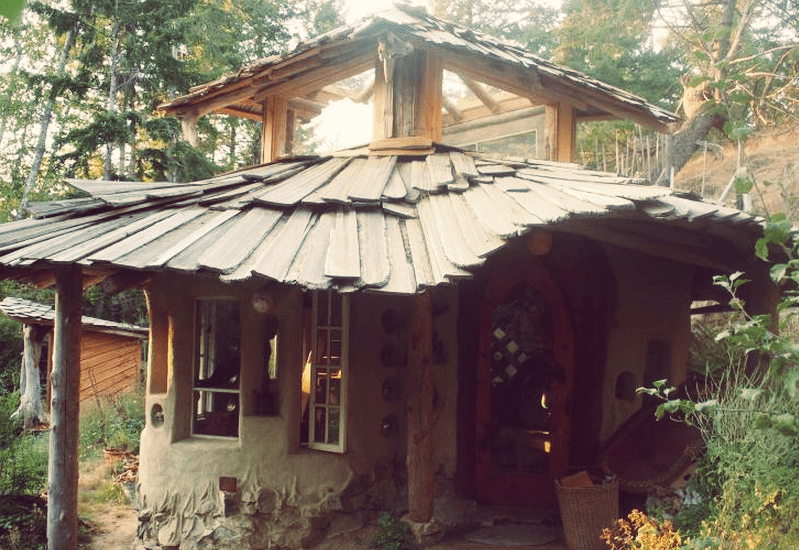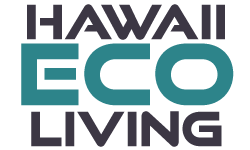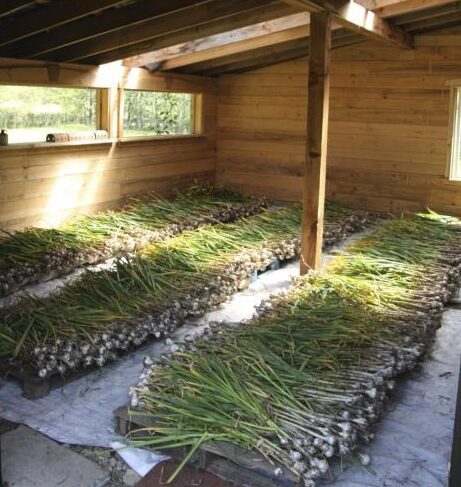Once upon a time, everyone in the world lived “off the grid.” Now it’s a rarity. However, just off the coast of British Columbia, there’s a tiny island of about 400 people who have committed to this less-hectic lifestyle.
The island is called Lasqueti and sits between Vancouver Island and the m ainland. It’s about the size of Manhattan. Residents strictly use green sources of electricity, such as solar power, for their every day lives.
ainland. It’s about the size of Manhattan. Residents strictly use green sources of electricity, such as solar power, for their every day lives.
Most residents use three days of the week to do the chores required to survive— chopping firewood and working in the garden, for example.
The island has no waste services and no transportation services. They truly embody green living.
However, they insist they aren’t what you think they are. Their website claims, “Lasqueti is not some utopian paradise, it is not an ‘intentional community’” but merely a community of people who really, really like being off the grid.
They’re not the only off the grid communities in North America. Three Rivers, near Bend, Oregon, has a community of about 100 homes— a mix of some multi-million dollar homes and some less prestigious— that use solar panels for electricity and exist entirely without being connected to any grid.
There’s also a 634 acre development in Taos, New Mexico, that exists entirely of homes made of natural materials.
These settlements are a few examples of many across the States and Canada who have made a collective agreement to green living.
In Lasqueti, residents must come together to solve questions most of us in the cities take for granted— like how to dispose of their human waste. Part of their answer to this has been creating composting toilets that will create fertilizer for their fruit trees.

